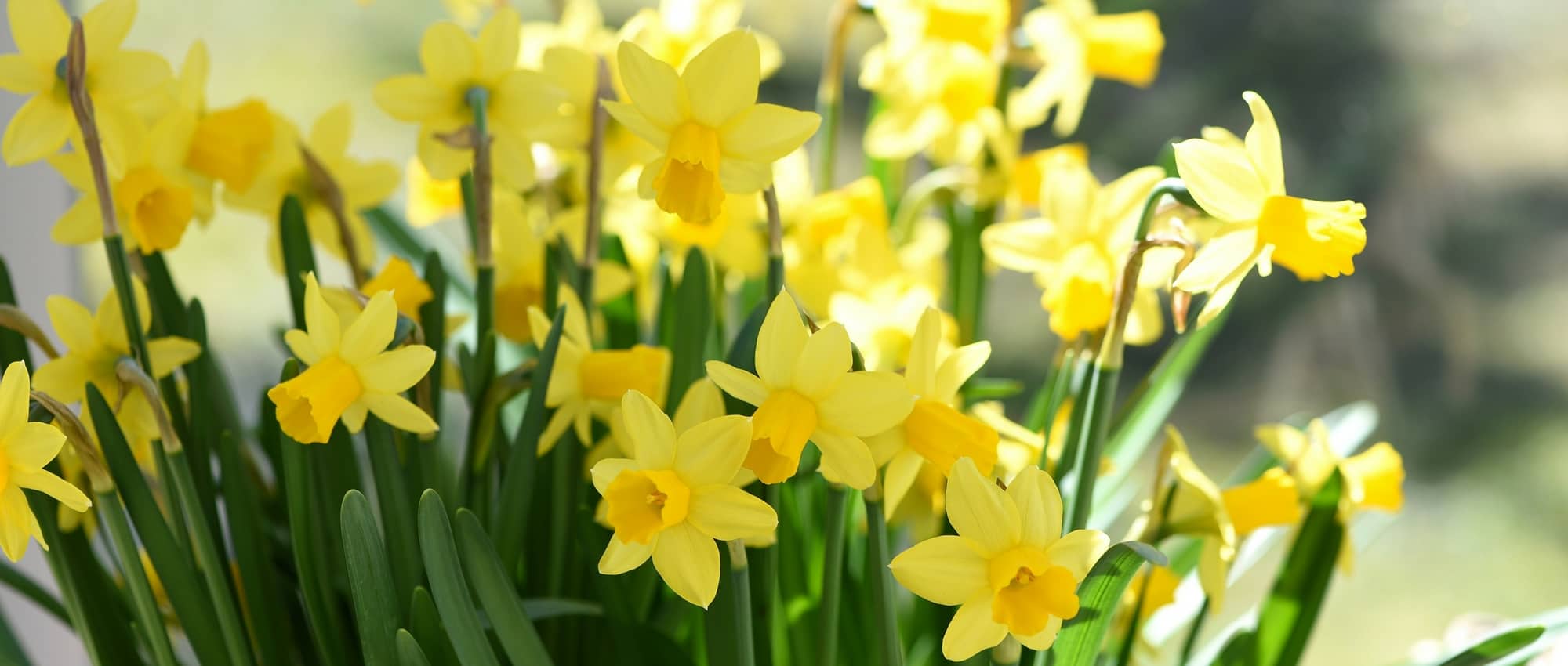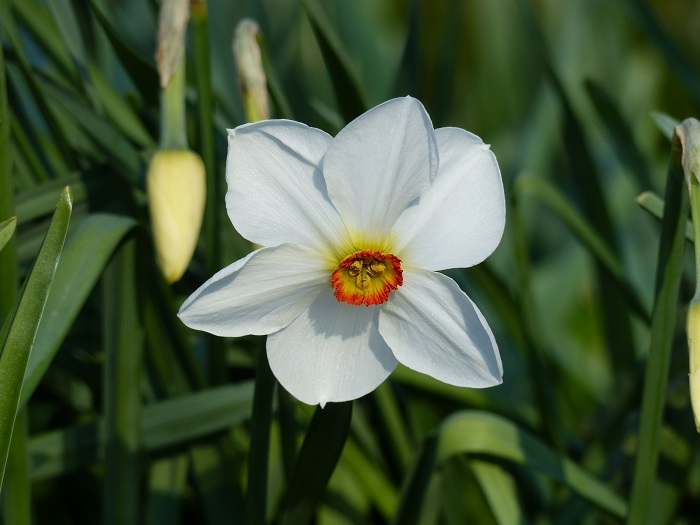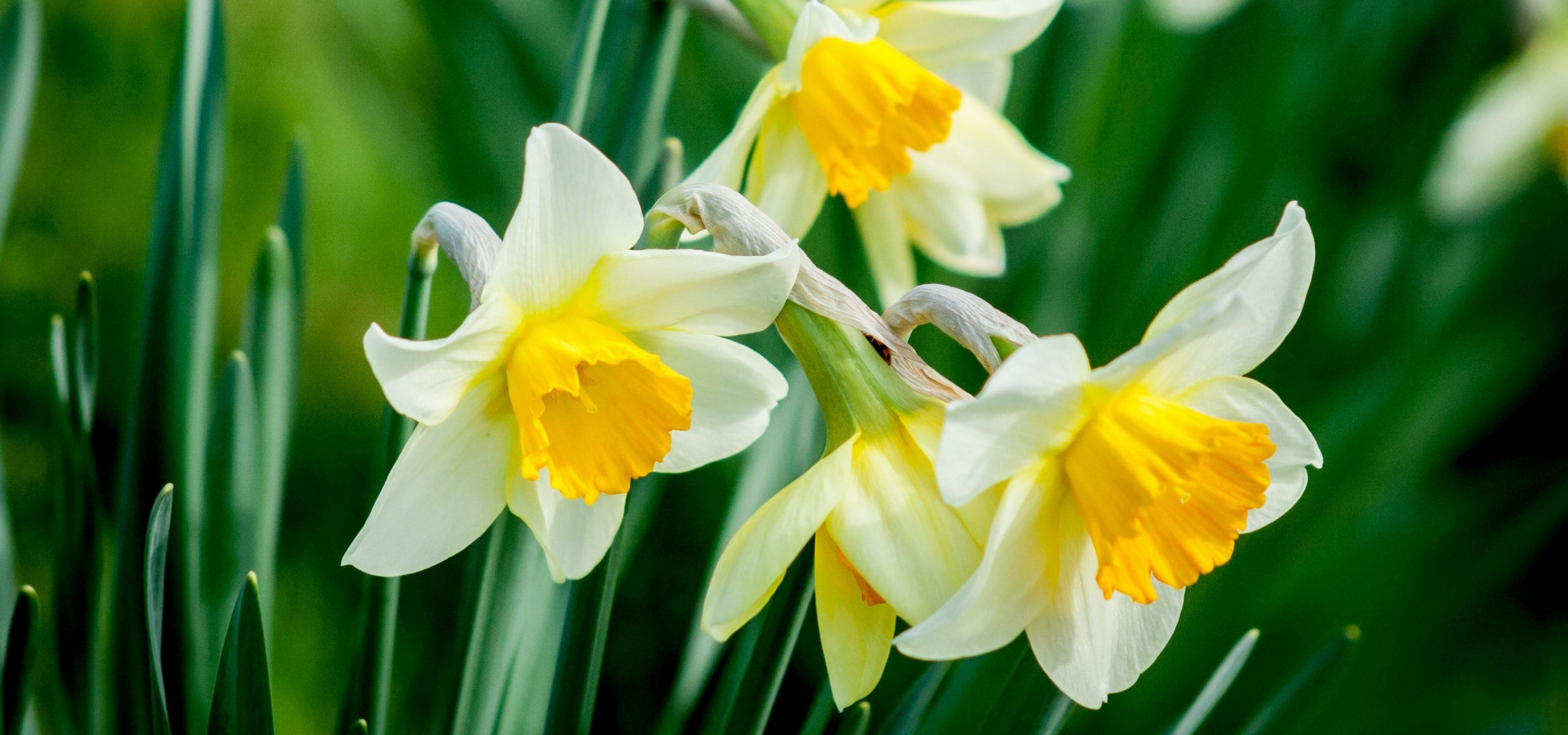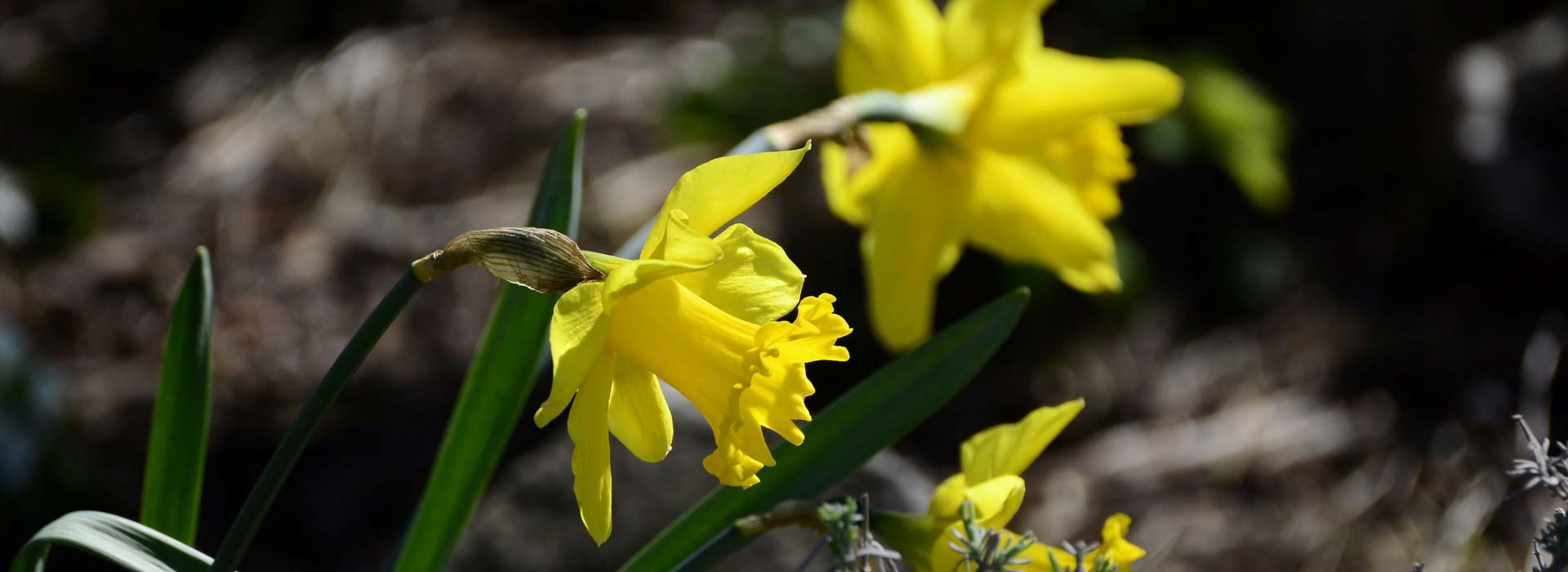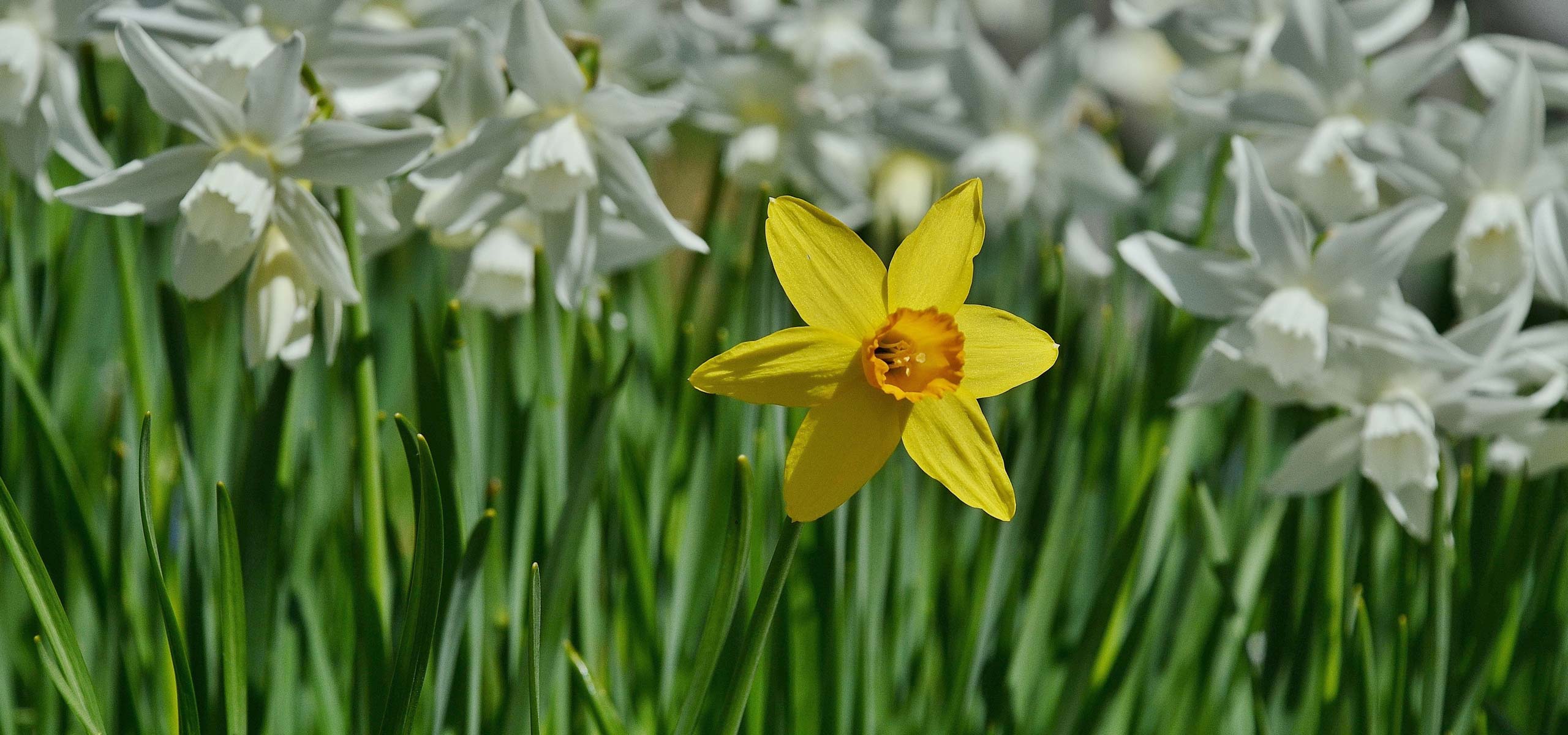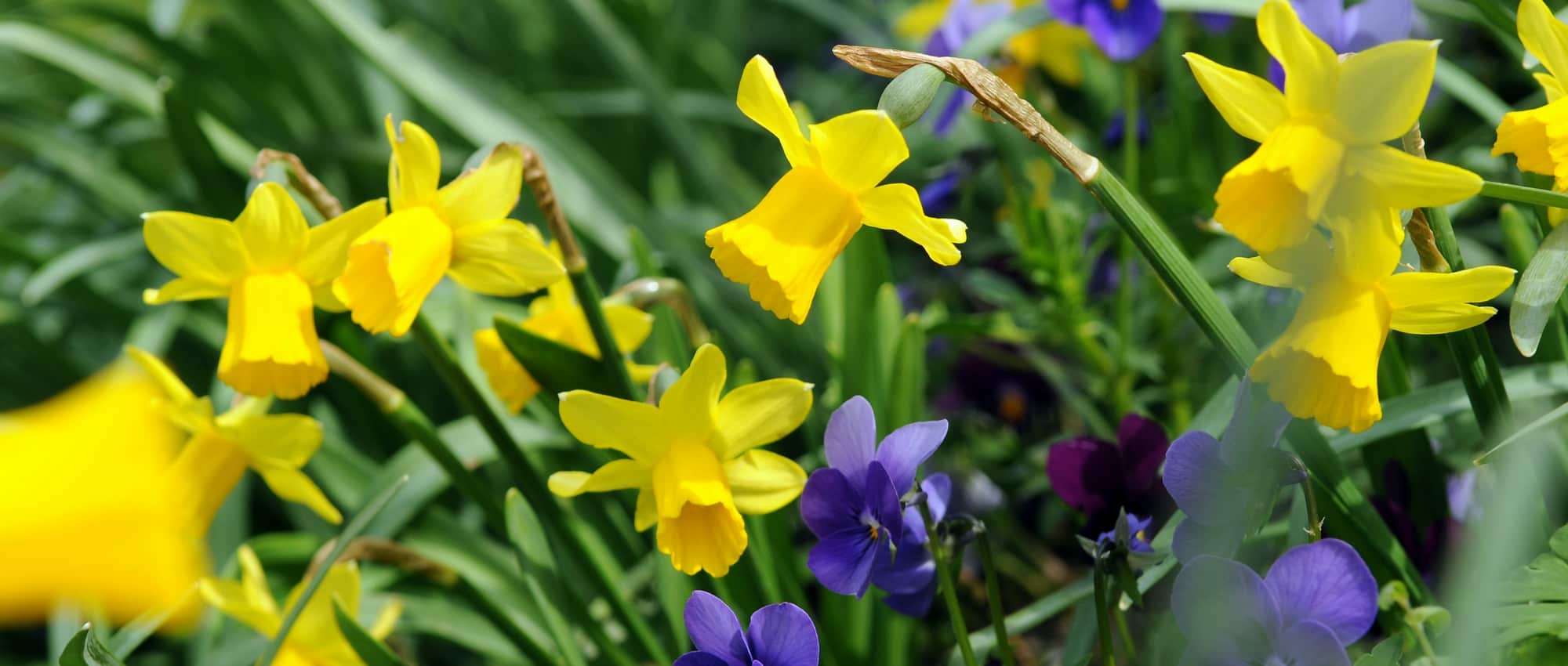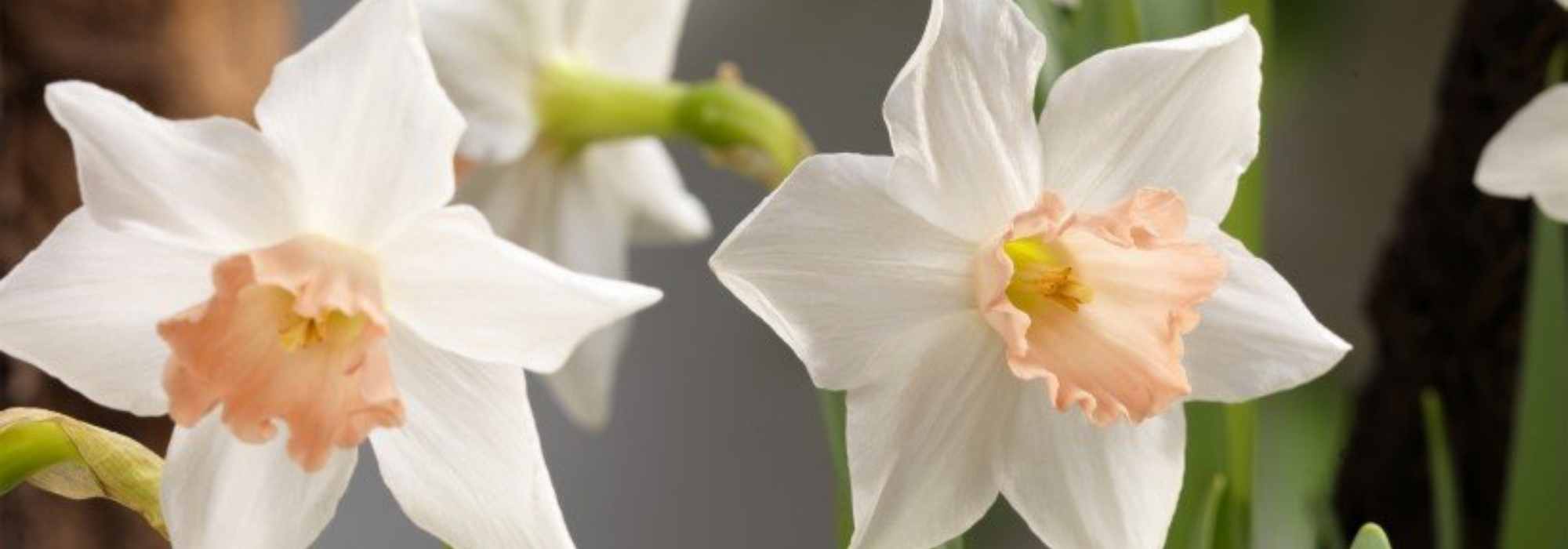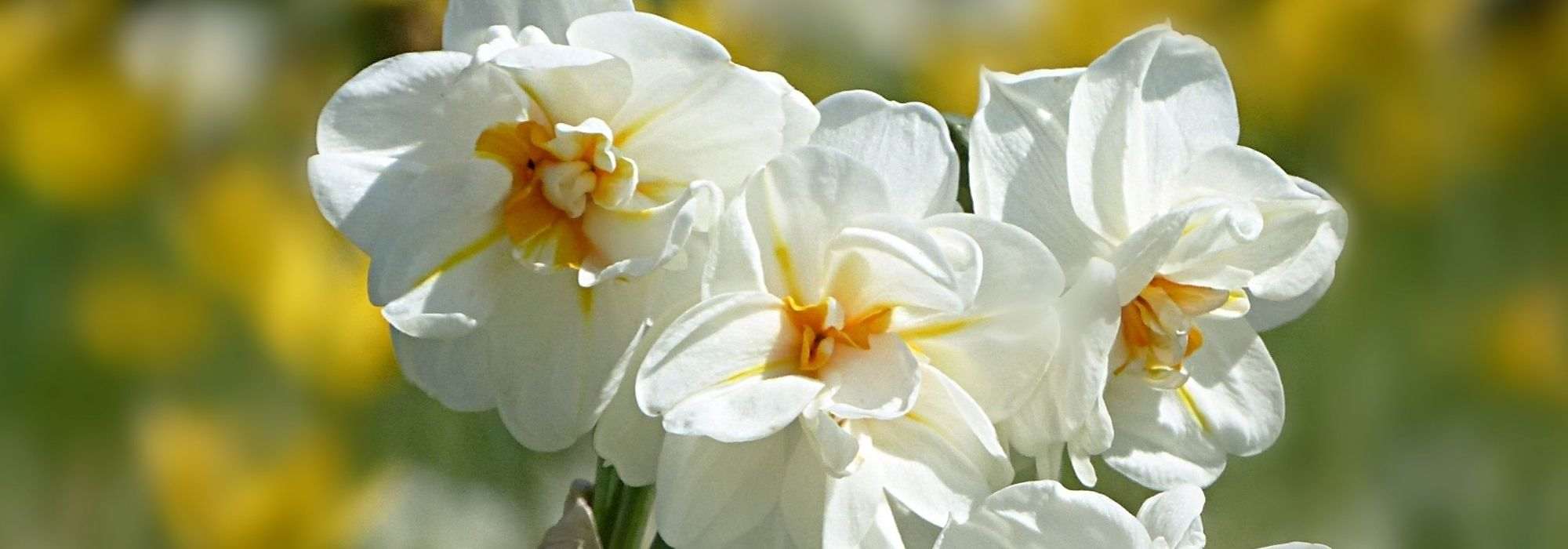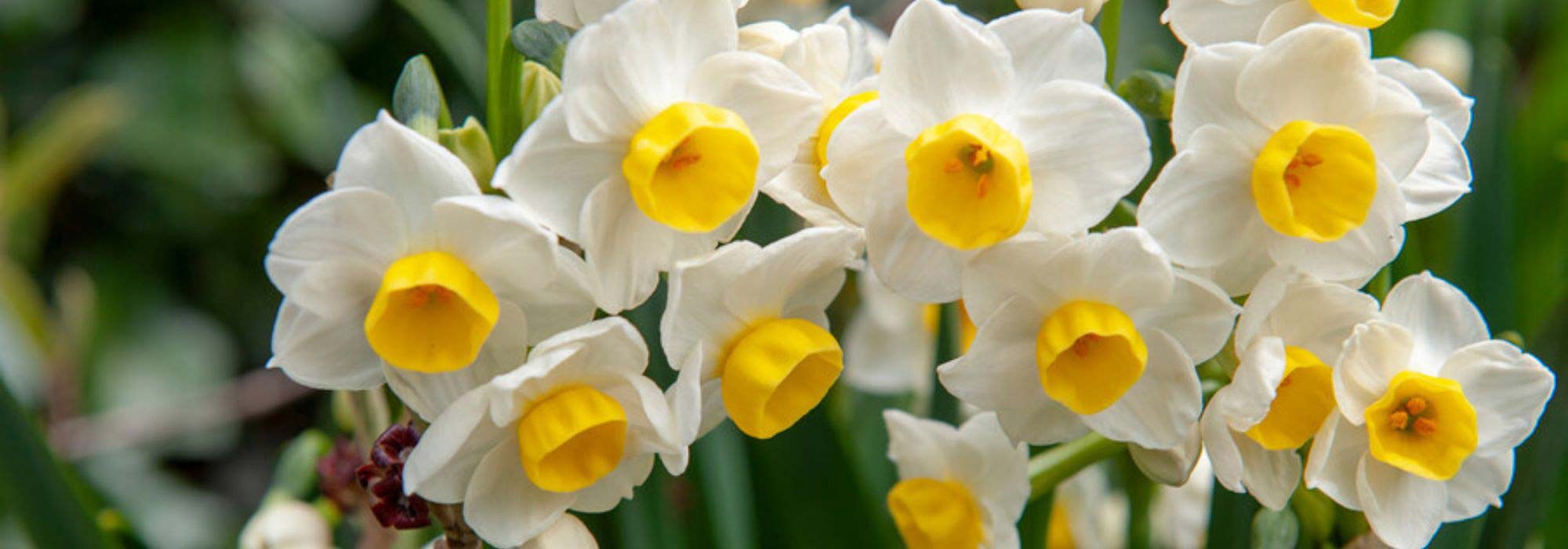

Narcissus Ice King - Daffodil
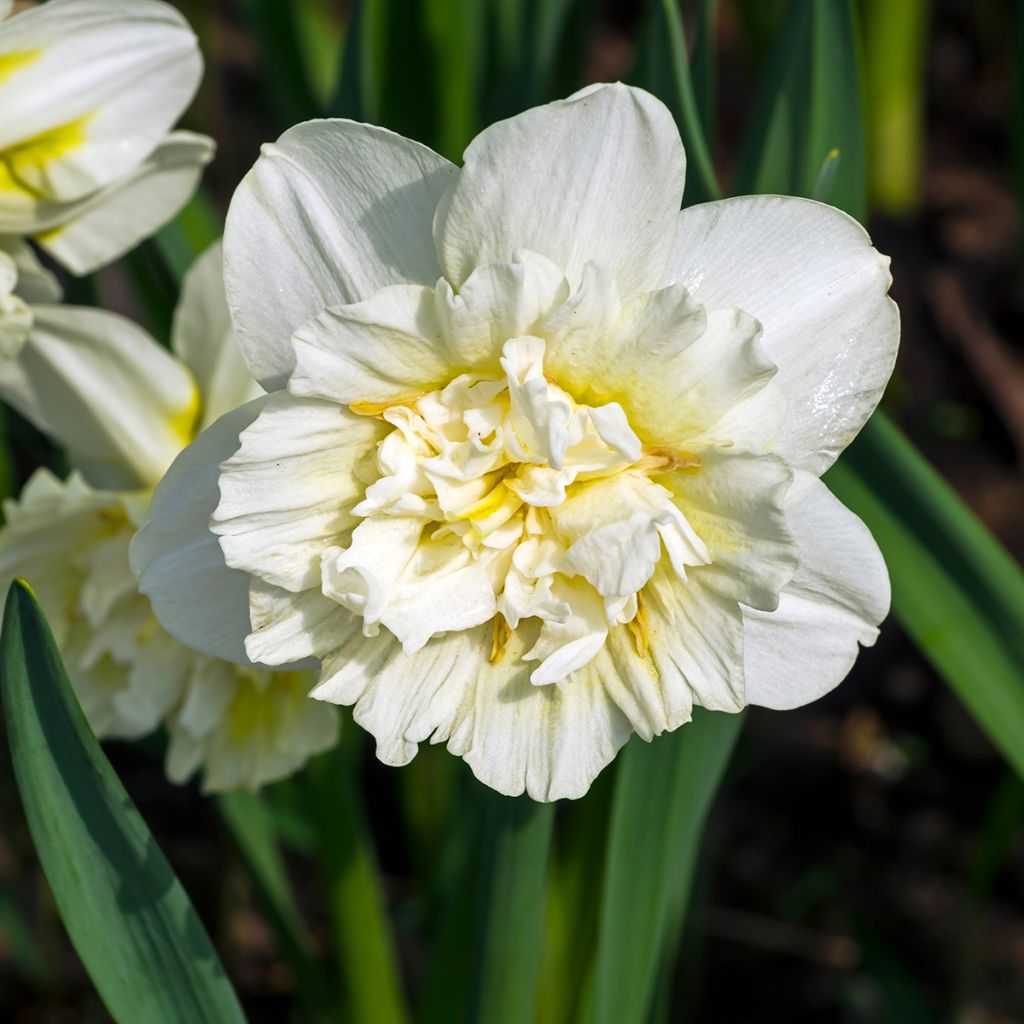

Narcissus Ice King - Daffodil
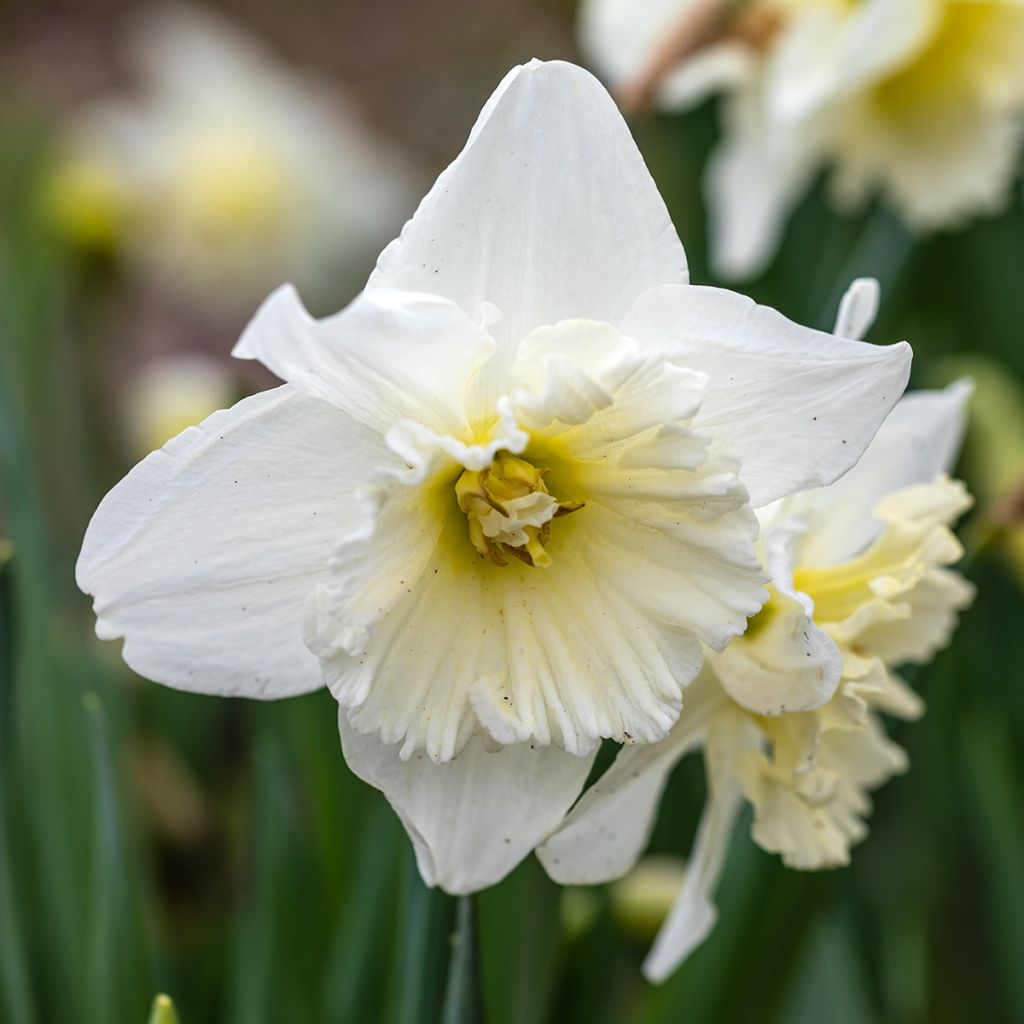

Narcissus Ice King - Daffodil
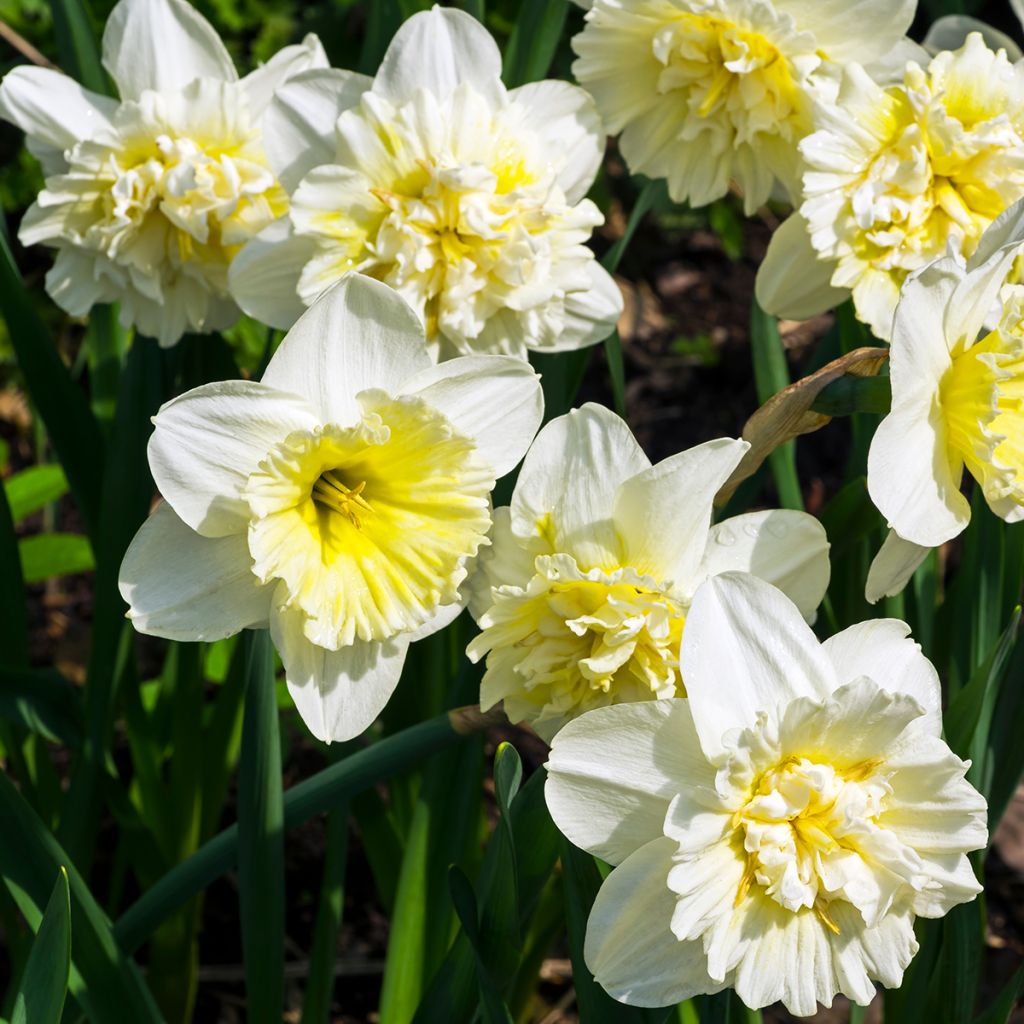

Narcissus Ice King - Daffodil
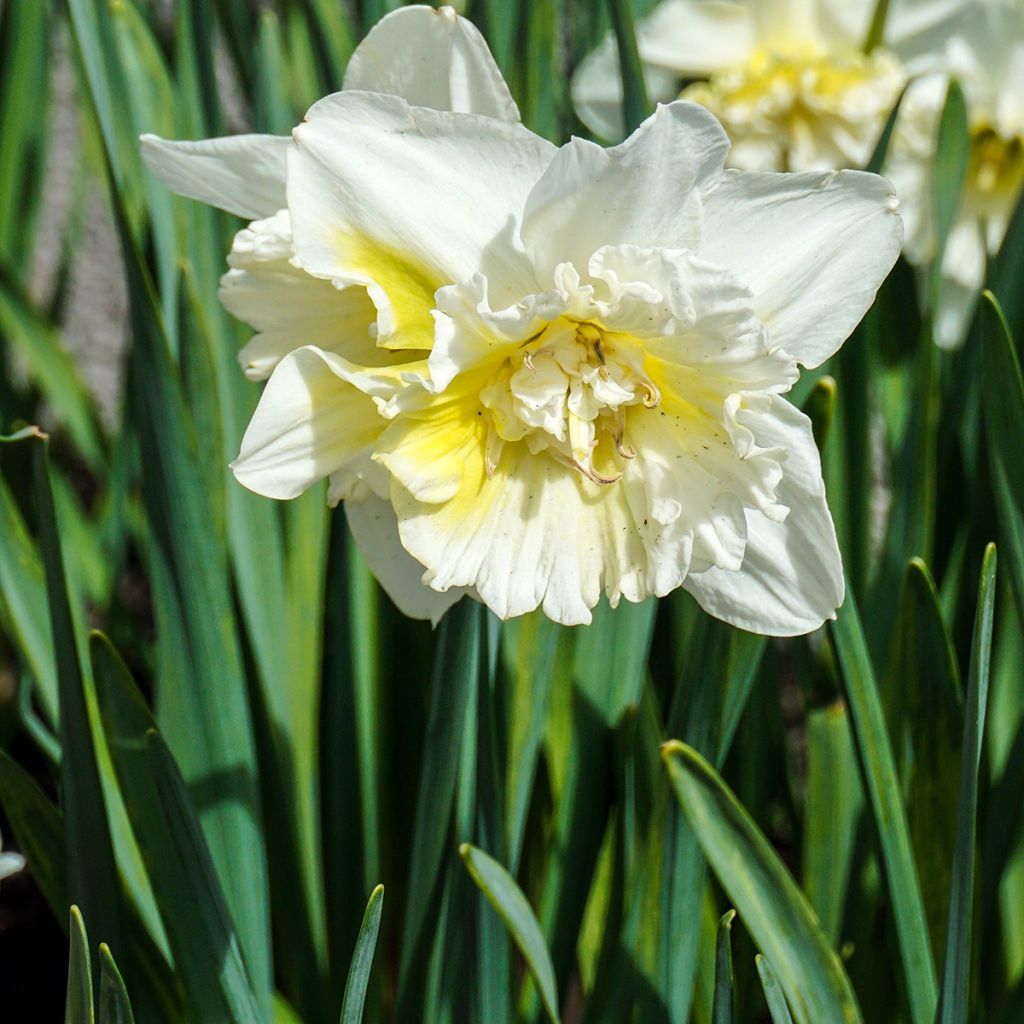

Narcissus Ice King - Daffodil


Narcissus Ice King - Daffodil
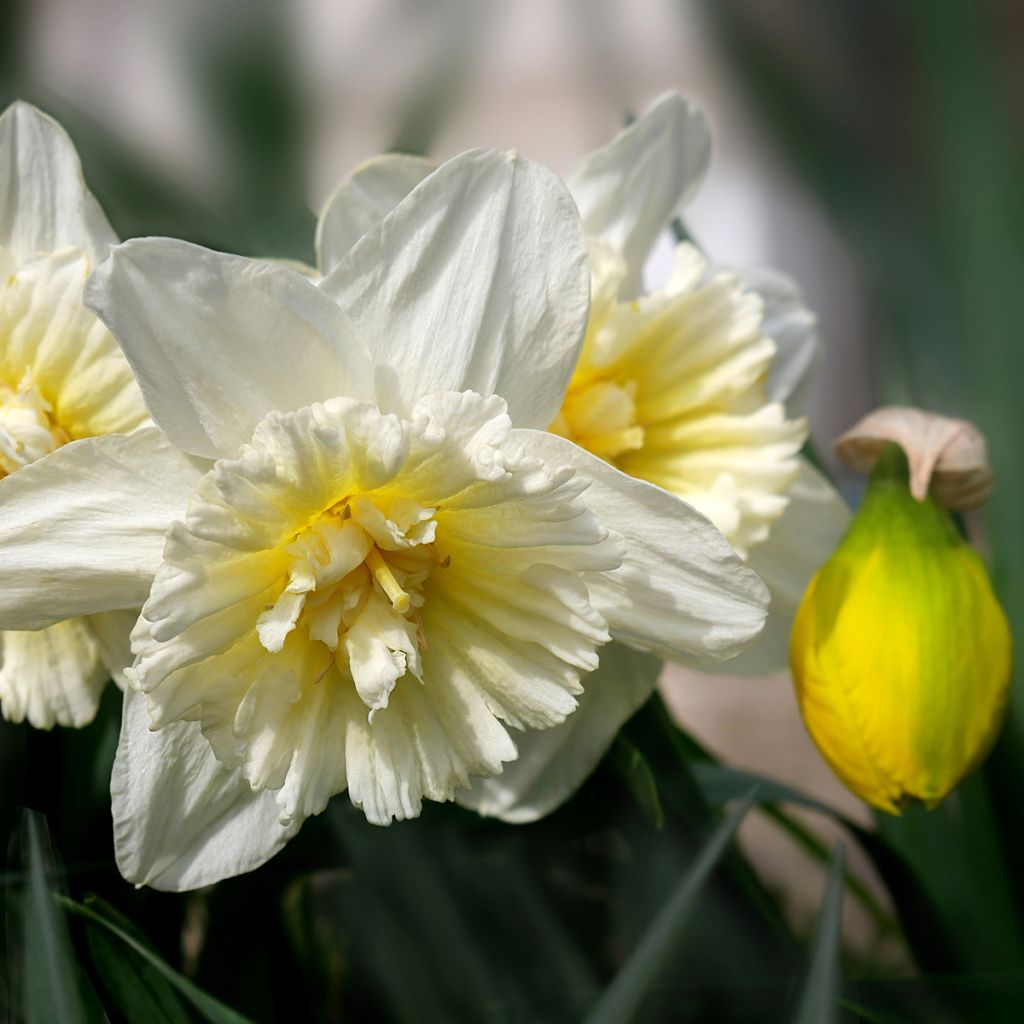

Narcissus Ice King - Daffodil
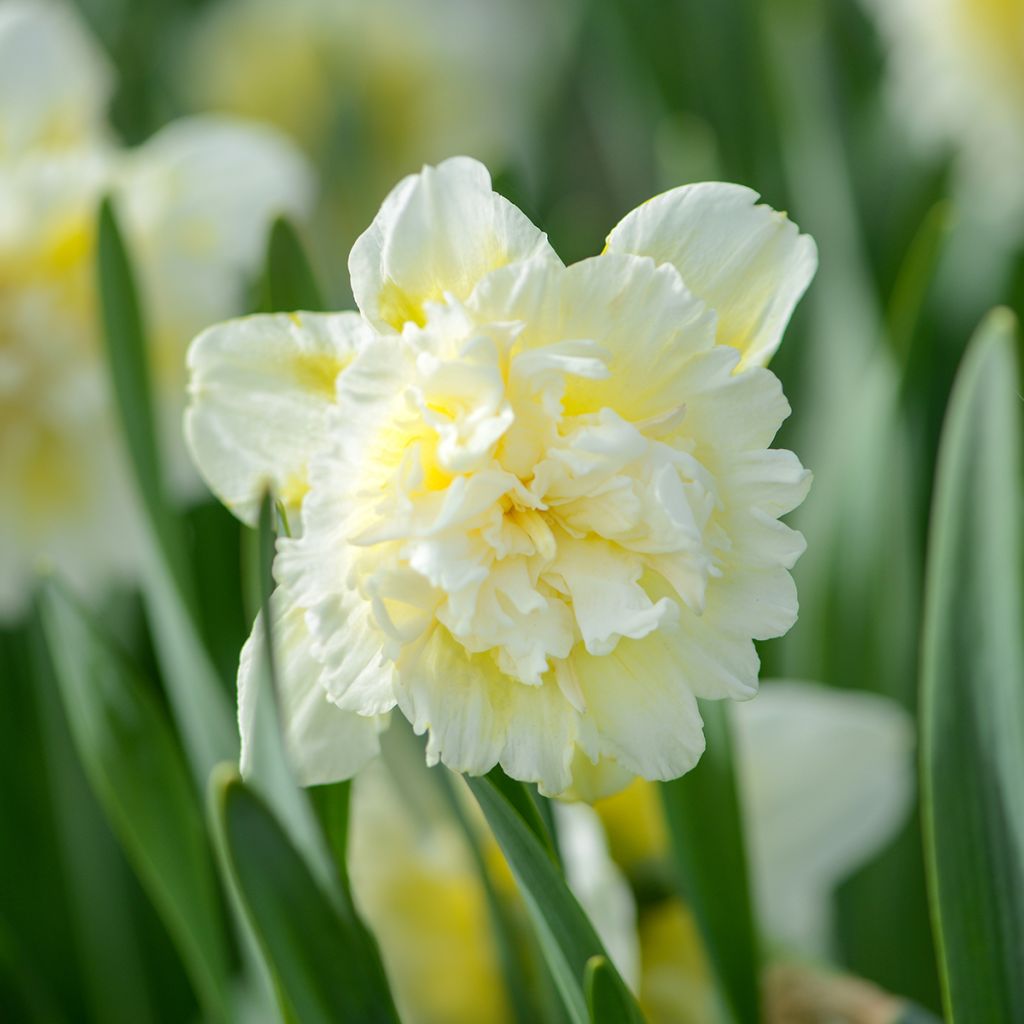

Narcissus Ice King - Daffodil
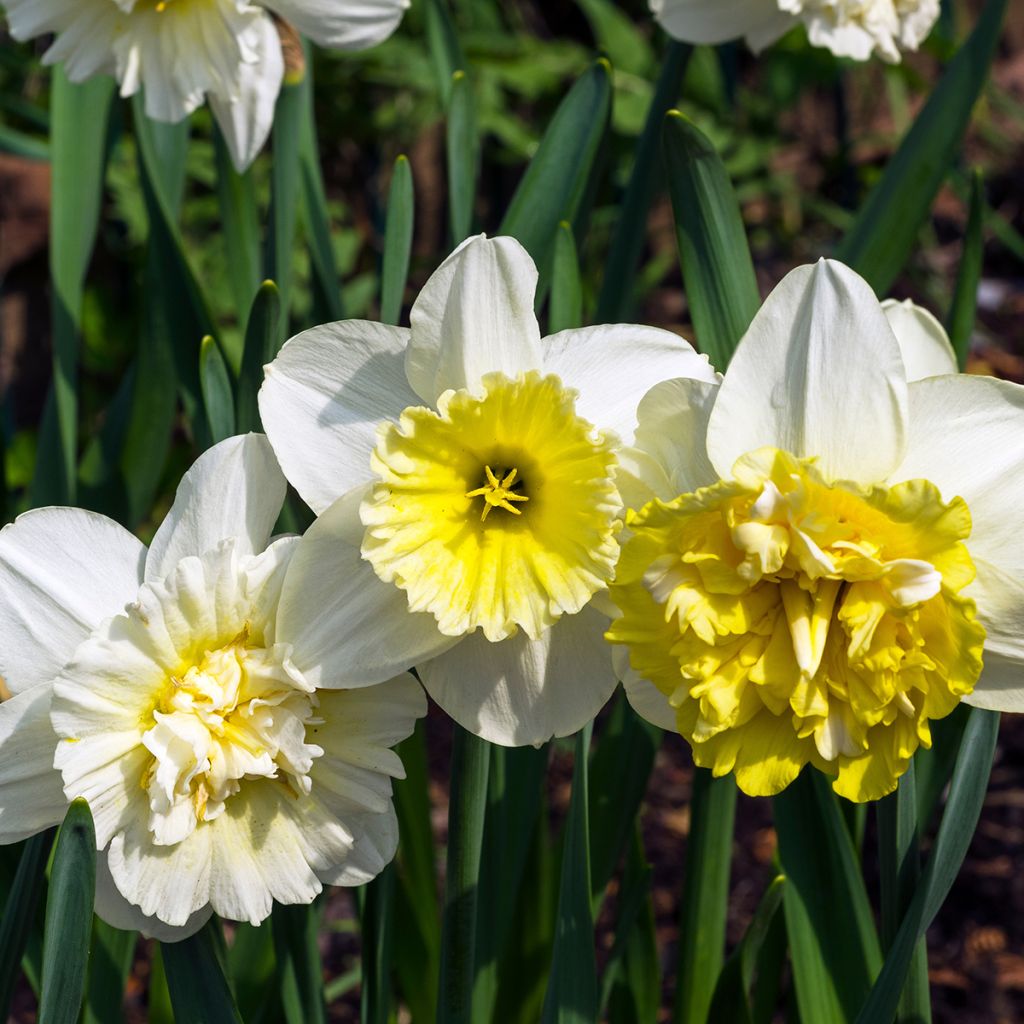

Narcissus Ice King - Daffodil
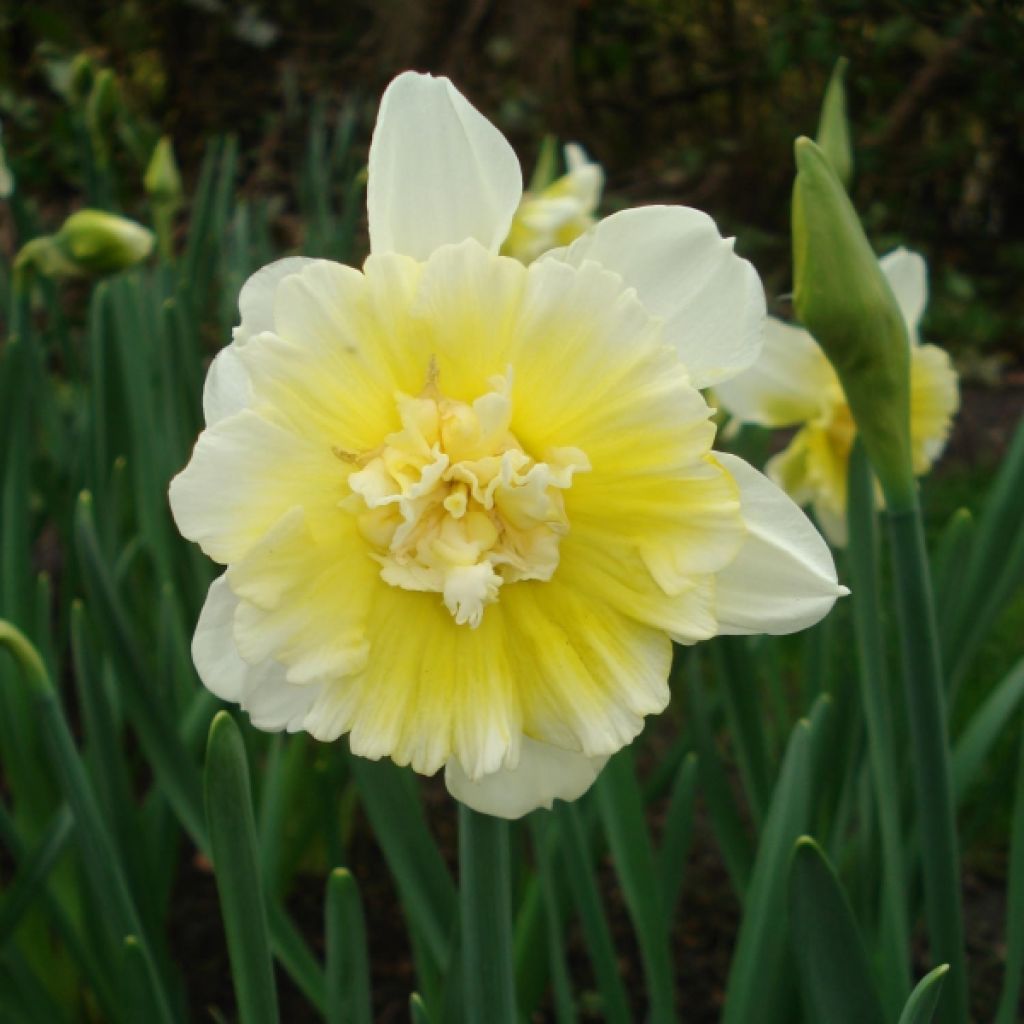

Narcissus Ice King - Daffodil
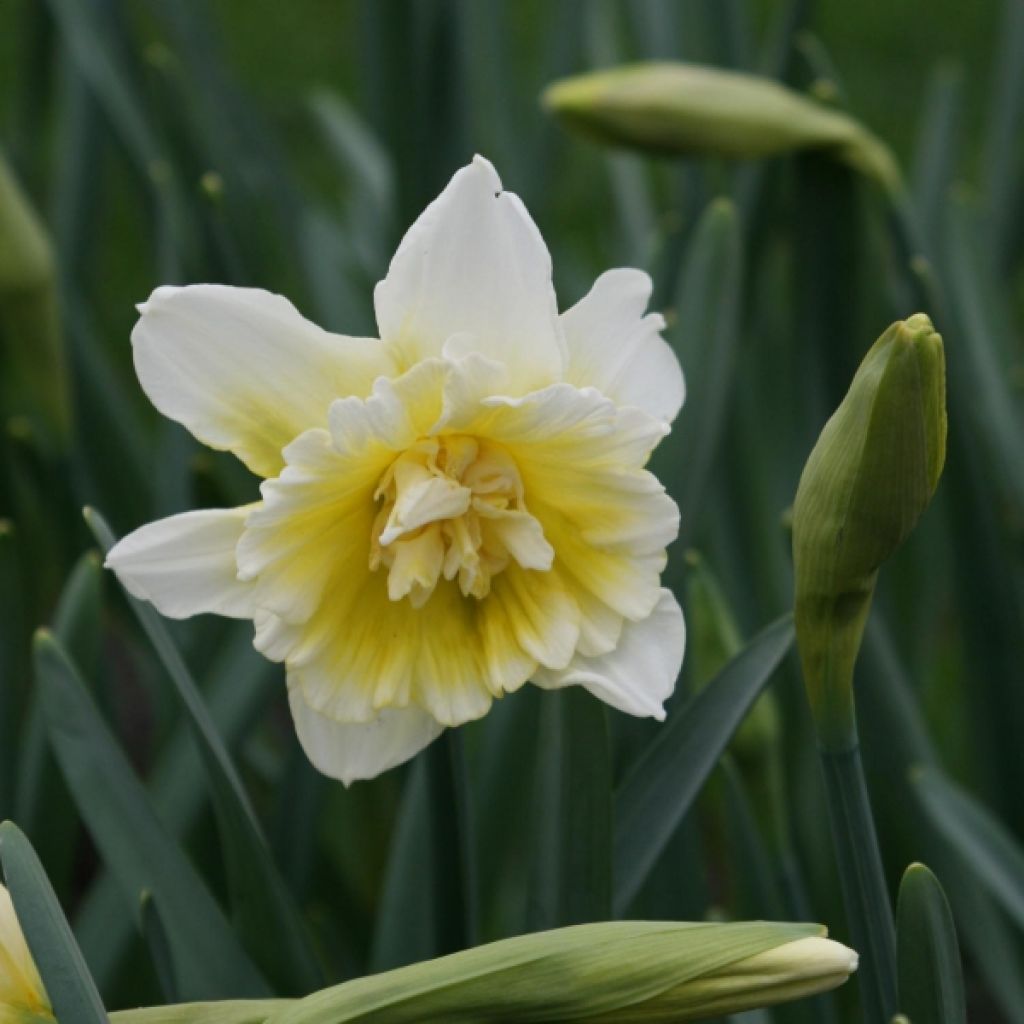

Narcissus Ice King - Daffodil
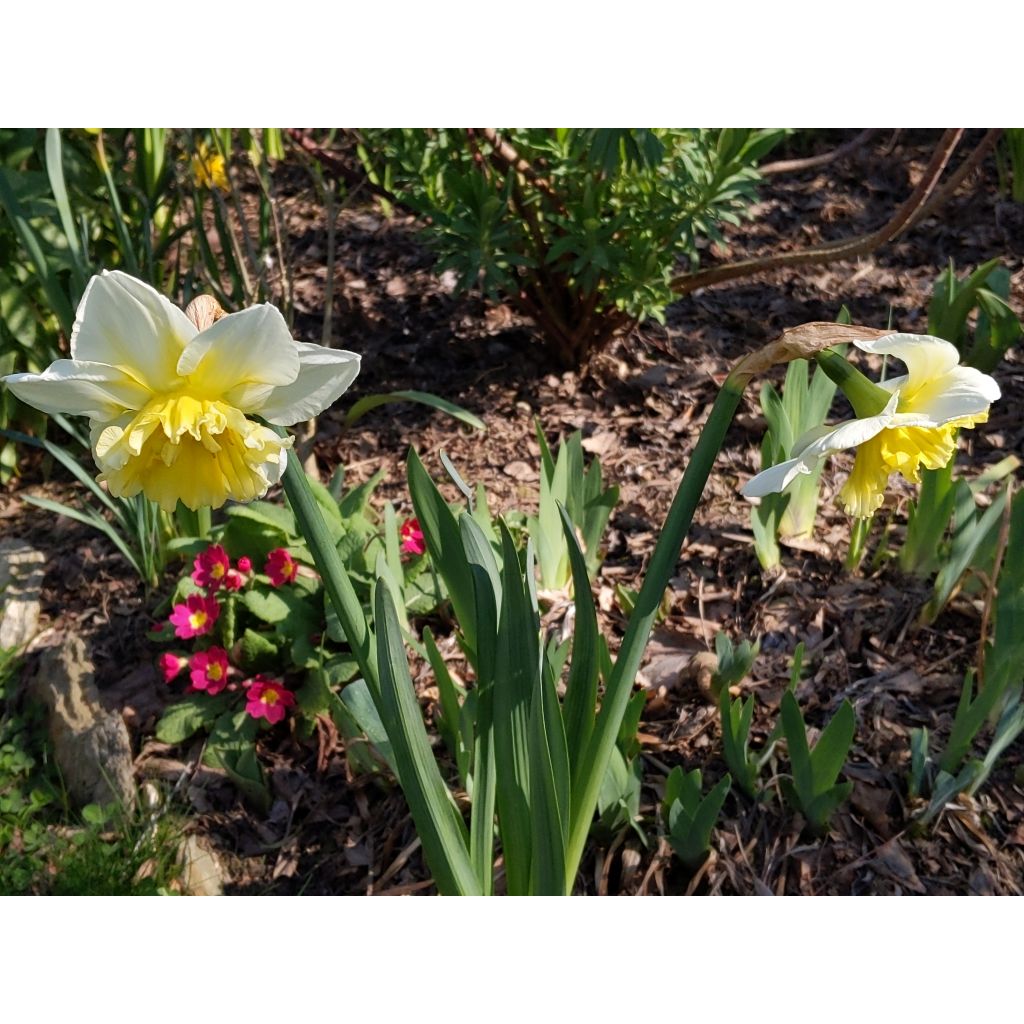

Narcissus Ice King - Daffodil
Narcissus Ice King - Daffodil
Narcissus Ice King
Daffodil, Narcissus
Ready to bloom again for the second year.
Boris, 20/02/2025
Special offer!
Receive a €20 voucher for any order over €90 (excluding delivery costs, credit notes, and plastic-free options)!
1- Add your favorite plants to your cart.
2- Once you have reached €90, confirm your order (you can even choose the delivery date!).
3- As soon as your order is shipped, you will receive an email containing your voucher code, valid for 3 months (90 days).
Your voucher is unique and can only be used once, for any order with a minimum value of €20, excluding delivery costs.
Can be combined with other current offers, non-divisible and non-refundable.
This plant carries a 6 months recovery warranty
More information
We guarantee the quality of our plants for a full growing cycle, and will replace at our expense any plant that fails to recover under normal climatic and planting conditions.

Would this plant suit my garden?
Set up your Plantfit profile →
Description
The Narcissus 'Ice King' is a true monarch in the land of Narcissus. This generous plant produces a very large flower with a pure white corolla and a yellow heart, a very doubled flower, intricately worked, piped and frizzled like a carnation or like the grand collar that used to adorn courtly garments. It lightens during flowering, with the centre of the flower blending white and yellow. This is a quite impressive variety, irreplaceable, which blooms in great pomp in the heart of spring, well above most other daffodils.
The double-flowered Narcissus 'Ice King' belongs to the lily family (Amaryllidaceae), more precisely to division 4 of the large narcissus family, which includes 12 divisions. The genus Narcissus includes about 50 species mainly found in Western Mediterranean, but also in Africa and Asia. The 'Ice King' narcissus, introduced in 1984, is a double-flowered offspring of the famous Ice Follies narcissus, and a sibling of the excellent 'Obdam'. It possesses the robustness and ease of cultivation of its relatives. 'Ice King' sends up a particularly tall stem, at least 55 cm (22in) in height when in flower. It is a mid-late flowering plant, in April-May, with a large yellow-green flower bud that opens into magnificent double flowers, 10-12cm (4-5in) wide. Each of its flowers is architecturally unique: the first layer of pure white petals is topped by a layer of slightly smaller, delicately crinkled petals, lemon yellow in colour, fading to white on the rolled edges. The corolla, or paracorolla, is a spectacular cup: it resembles a pompom made up of small twisted petals, an intense lemon yellow mixed with white. The foliage is deciduous, linear and disappears in summer.
There is such a choice of varieties among daffodils that you can enjoy them for three months in spring without ever getting tired. They have in common the ability to naturalise easily, to endlessly display shades of yellow and white, and often emit sweet fragrances. So many reasons to grow them in large clumps on the lawn or at the edge of a flower bed (at least 20 bulbs) for an amplified effect. Combine the 'Ice King' narcissus, in wild or romantic flower beds, with bluebells and hyacinths, accompany them with double tulips like 'Angelique' or single and vivid red like 'Red Impression', but also forget-me-nots, grape hyacinths, daisies, chamomiles or liverworts. A group of 'Ice King' narcissus in a vase creates a sensational effect. In pots, this narcissus is perfect.
Jonquils are actually daffodils, they belong to division 7 of the group. Native to Southern Europe and North Africa, they have flowers grouped in pairs or more. Let's not forget the botanical species that have preserved the charms of wild plants and thrive in rockeries: N.bulbocodium, N. canaliculatus, N.juncifolius, N.pseudonarcissus, the simple woodland jonquil, are among the prettiest.
For bouquets: we advise against mixing narcissus with other flowers, such as tulips in particular, as the stems of narcissus contain a substance that causes other flowers to wilt quickly. This harmful effect on other flower types can be mitigated by dipping the ends of the narcissus stems in hot water for 1 to 2 minutes.
Narcissus Ice King - Daffodil in pictures
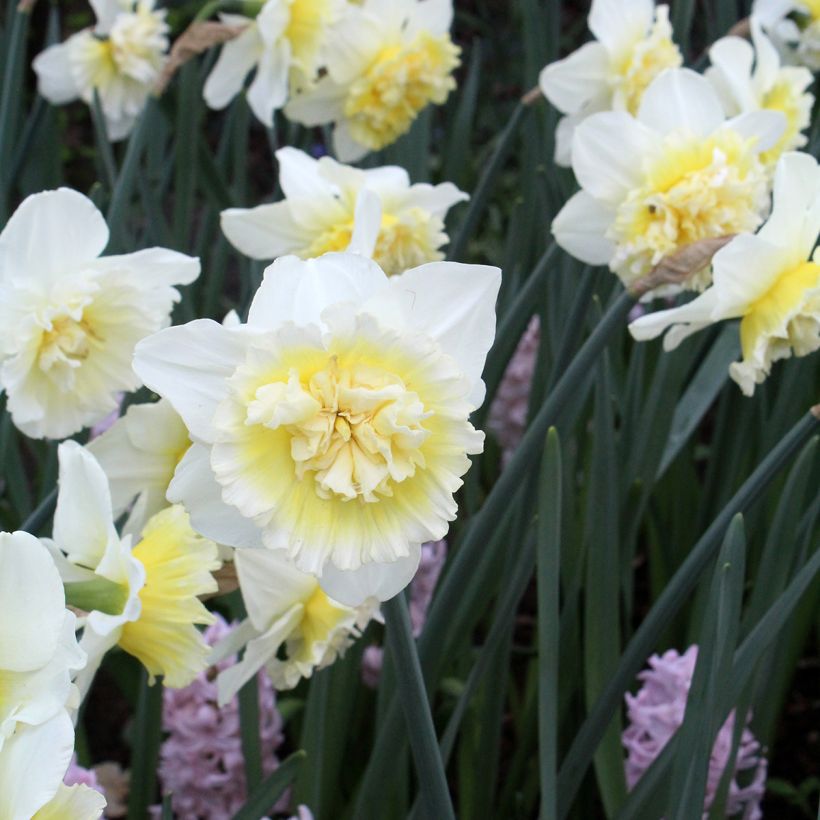

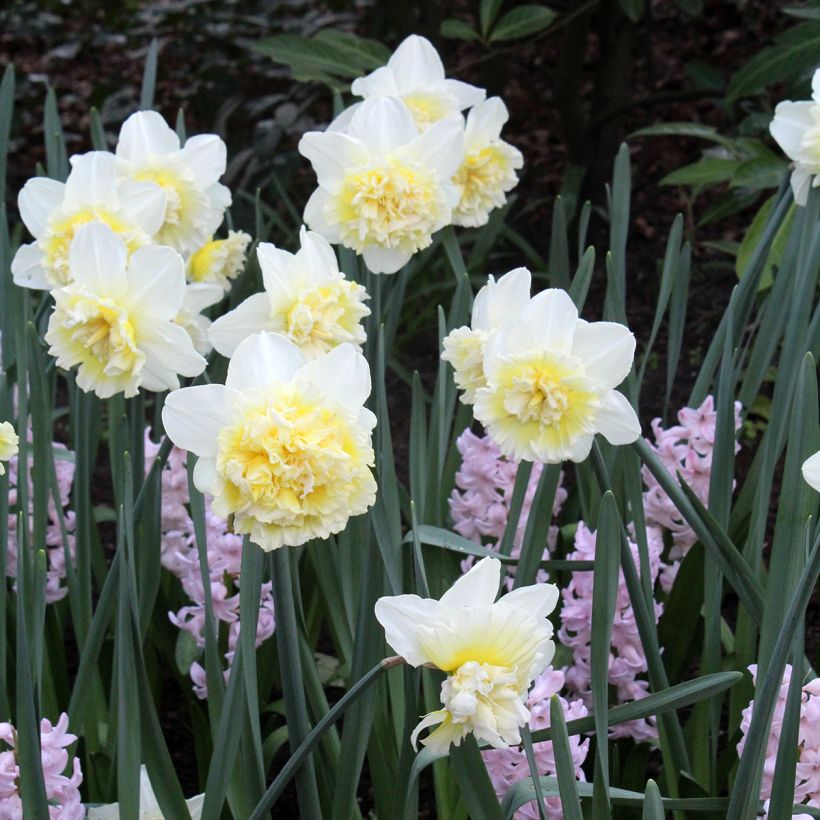

Plant habit
Flowering
Foliage
Botanical data
Narcissus
Ice King
Amaryllidaceae
Daffodil, Narcissus
Cultivar or hybrid
Planting and care
Planting period
Intended location
Care
Planting & care advice
-
, onOrder confirmed
Reply from on Promesse de fleurs
Haven't found what you were looking for?
Hardiness is the lowest winter temperature a plant can endure without suffering serious damage or even dying. However, hardiness is affected by location (a sheltered area, such as a patio), protection (winter cover) and soil type (hardiness is improved by well-drained soil).

Photo Sharing Terms & Conditions
In order to encourage gardeners to interact and share their experiences, Promesse de fleurs offers various media enabling content to be uploaded onto its Site - in particular via the ‘Photo sharing’ module.
The User agrees to refrain from:
- Posting any content that is illegal, prejudicial, insulting, racist, inciteful to hatred, revisionist, contrary to public decency, that infringes on privacy or on the privacy rights of third parties, in particular the publicity rights of persons and goods, intellectual property rights, or the right to privacy.
- Submitting content on behalf of a third party;
- Impersonate the identity of a third party and/or publish any personal information about a third party;
In general, the User undertakes to refrain from any unethical behaviour.
All Content (in particular text, comments, files, images, photos, videos, creative works, etc.), which may be subject to property or intellectual property rights, image or other private rights, shall remain the property of the User, subject to the limited rights granted by the terms of the licence granted by Promesse de fleurs as stated below. Users are at liberty to publish or not to publish such Content on the Site, notably via the ‘Photo Sharing’ facility, and accept that this Content shall be made public and freely accessible, notably on the Internet.
Users further acknowledge, undertake to have ,and guarantee that they hold all necessary rights and permissions to publish such material on the Site, in particular with regard to the legislation in force pertaining to any privacy, property, intellectual property, image, or contractual rights, or rights of any other nature. By publishing such Content on the Site, Users acknowledge accepting full liability as publishers of the Content within the meaning of the law, and grant Promesse de fleurs, free of charge, an inclusive, worldwide licence for the said Content for the entire duration of its publication, including all reproduction, representation, up/downloading, displaying, performing, transmission, and storage rights.
Users also grant permission for their name to be linked to the Content and accept that this link may not always be made available.
By engaging in posting material, Users consent to their Content becoming automatically accessible on the Internet, in particular on other sites and/or blogs and/or web pages of the Promesse de fleurs site, including in particular social pages and the Promesse de fleurs catalogue.
Users may secure the removal of entrusted content free of charge by issuing a simple request via our contact form.
The flowering period indicated on our website applies to countries and regions located in USDA zone 8 (France, the United Kingdom, Ireland, the Netherlands, etc.)
It will vary according to where you live:
- In zones 9 to 10 (Italy, Spain, Greece, etc.), flowering will occur about 2 to 4 weeks earlier.
- In zones 6 to 7 (Germany, Poland, Slovenia, and lower mountainous regions), flowering will be delayed by 2 to 3 weeks.
- In zone 5 (Central Europe, Scandinavia), blooming will be delayed by 3 to 5 weeks.
In temperate climates, pruning of spring-flowering shrubs (forsythia, spireas, etc.) should be done just after flowering.
Pruning of summer-flowering shrubs (Indian Lilac, Perovskia, etc.) can be done in winter or spring.
In cold regions as well as with frost-sensitive plants, avoid pruning too early when severe frosts may still occur.
The planting period indicated on our website applies to countries and regions located in USDA zone 8 (France, United Kingdom, Ireland, Netherlands).
It will vary according to where you live:
- In Mediterranean zones (Marseille, Madrid, Milan, etc.), autumn and winter are the best planting periods.
- In continental zones (Strasbourg, Munich, Vienna, etc.), delay planting by 2 to 3 weeks in spring and bring it forward by 2 to 4 weeks in autumn.
- In mountainous regions (the Alps, Pyrenees, Carpathians, etc.), it is best to plant in late spring (May-June) or late summer (August-September).
The harvesting period indicated on our website applies to countries and regions in USDA zone 8 (France, England, Ireland, the Netherlands).
In colder areas (Scandinavia, Poland, Austria...) fruit and vegetable harvests are likely to be delayed by 3-4 weeks.
In warmer areas (Italy, Spain, Greece, etc.), harvesting will probably take place earlier, depending on weather conditions.
The sowing periods indicated on our website apply to countries and regions within USDA Zone 8 (France, UK, Ireland, Netherlands).
In colder areas (Scandinavia, Poland, Austria...), delay any outdoor sowing by 3-4 weeks, or sow under glass.
In warmer climes (Italy, Spain, Greece, etc.), bring outdoor sowing forward by a few weeks.






























